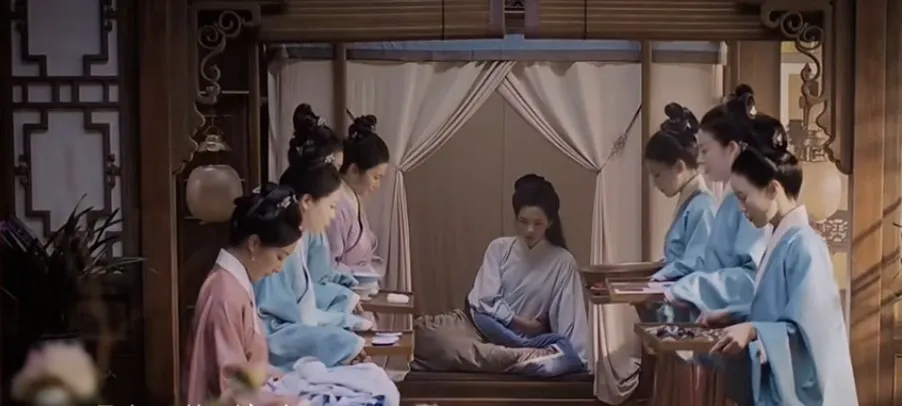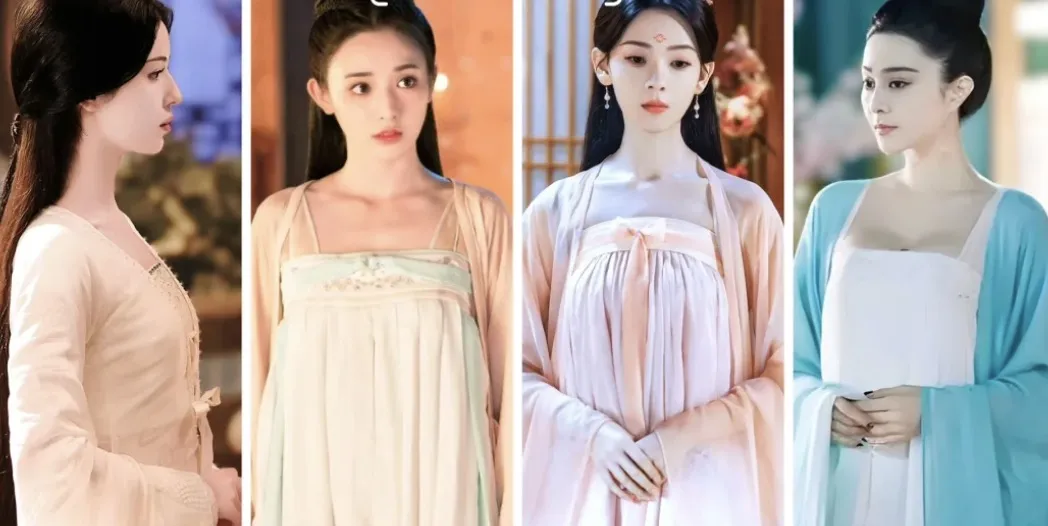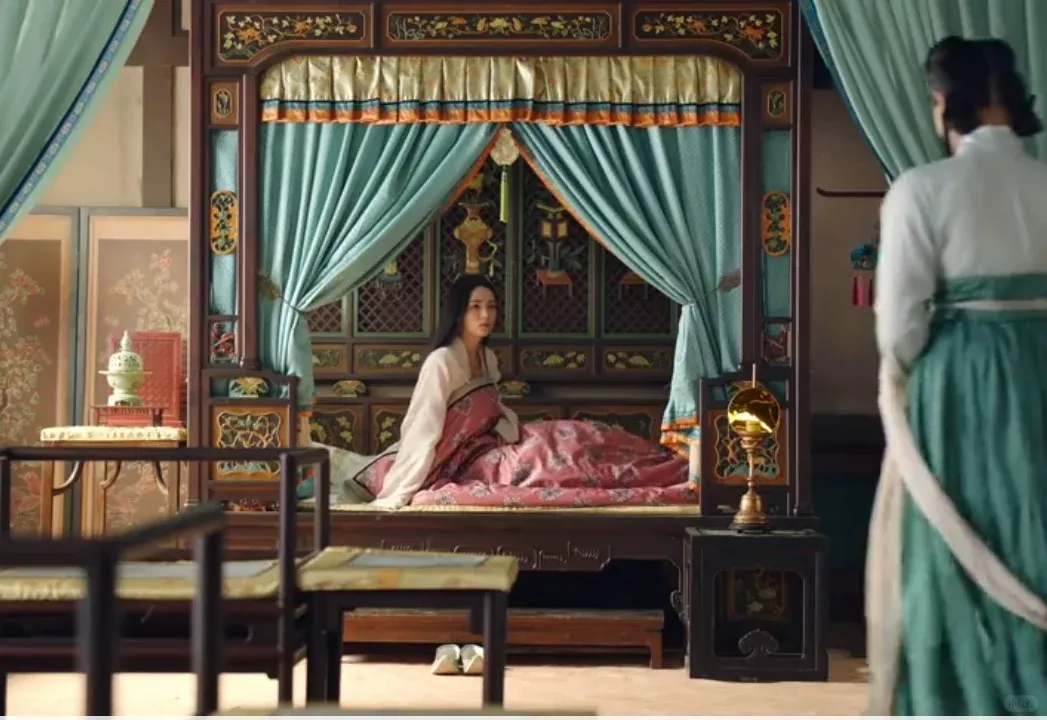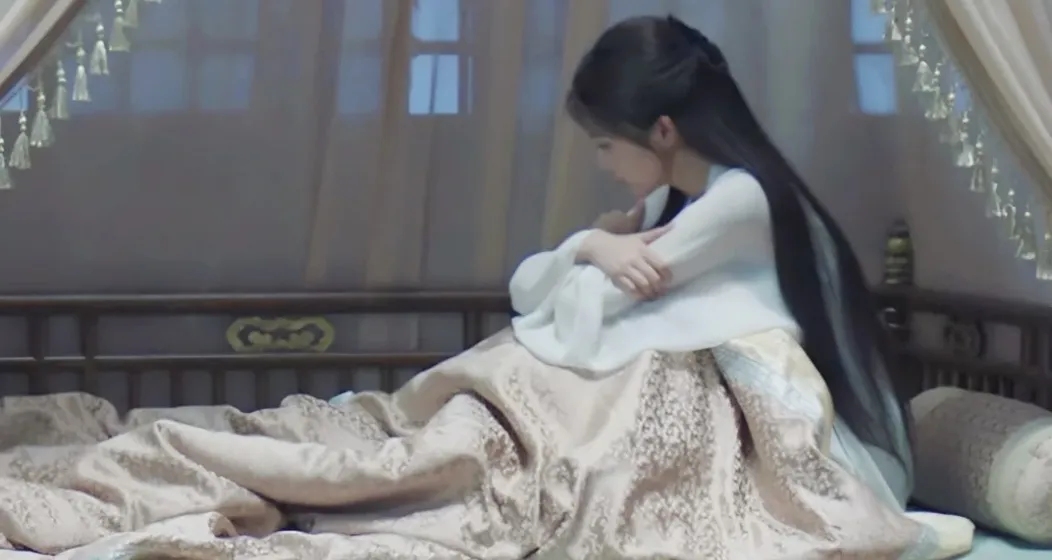
Finally, a period drama where characters don't sleep in their day clothes. Many period dramas show characters sleeping fully dressed, which makes netizens wonder: Why neglect such an important daily routine? Did ancient people not have their own 'sleepwear'?
Ancient sleepwear was called 'Xieyi' (亵衣). According to Shuowen Jiezi, 'Xie' means private or intimate clothing. Some wrongly think Xieyi is the same as undergarments like breastbands. In fact, it's a close - fitting garment worn over underclothes. Shiming·Shi Yifu says, 'Zhongyi (中衣) is worn outside undergarments and beneath outer robes.' Zhongyi, also known as 'inner clothing,' emphasizes its close - fitting nature. Shuowen·Yi Bu explains, 'Zhong refers to inner Xieyi,' and Tang Dynasty annotations state, 'Xieyi is clothing worn close to the body.' So, Zhongyi and Xieyi are essentially the same.
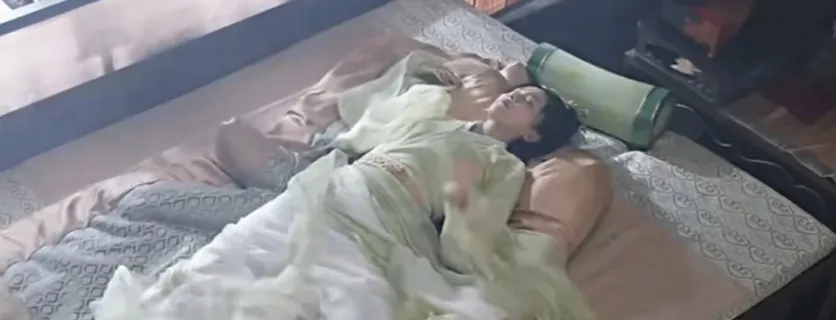
The most common sleepwear was plain, cross - collared Zhongyi and pants. Cross - collars were the most typical style, followed by front - opening and round collars. When wearing front - opening styles, a breastband might be visible. Sleepwear designs changed little across dynasties, only adapting to contemporary fashion. It was often white, which was versatile and easy to spot dirt. There were long - sleeve, short - sleeve, and sleeveless options for different seasons, ensuring comfort in summer.
For example, Jing Tian's attire in The Sword and the Brocade might represent how women wore sleepwear at home. Outdoors, sleeveless or short - sleeved Zhongyi would be layered over long - sleeved garments. Both men and women usually wore pants underneath, as women's outer skirts concealed them. Pants were common since the Warring States period. Some dramas showing characters sleeping in skirts would require layered pants, which is cumbersome. Those sleeping in billowing robes likely prioritized aesthetics over practicality.
Fabrics were mostly natural: silk for the wealthy and cotton or hemp for commoners, tailored to the era's trends. Interestingly, while changing sleepwear was mandatory, hairstyles often remained intact. Netizens have questioned if ancient people really slept with their hair up, and they did. Styling hair was labor - intensive, so some women used hard pillows and proper positioning to preserve their updos overnight, reducing restyling time the next day. For beauty - conscious women, dismantling and redoing elaborate hairstyles was impractical.
Some netizens wonder why lavish costume budgets in period dramas overlook sleepwear. Modern audiences know to change or remove outerwear for bed, yet these 'refined' ancient settings omit this basic detail. The focus on opulent costumes often neglects logical details, where true refinement lies.
